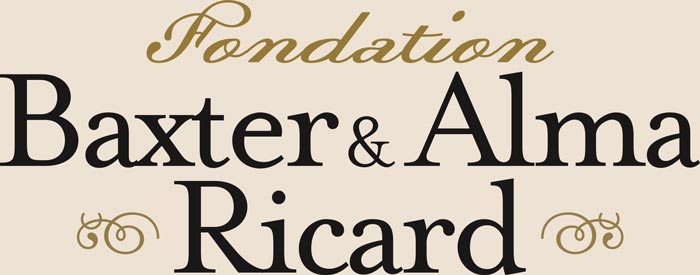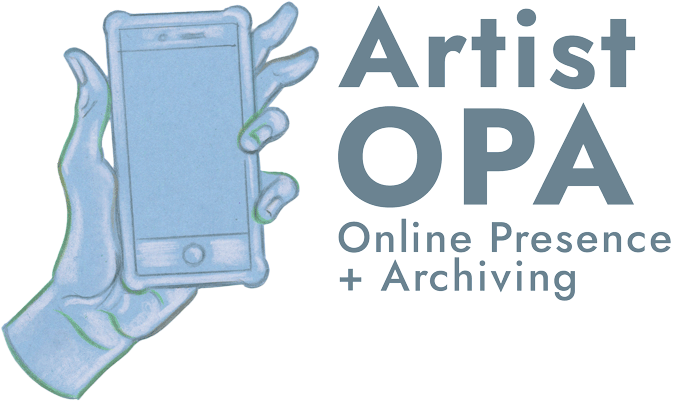D.9 Artificial Intelligence: Art Historical and Contemporary Perspectives
Fri Oct 20 / 15:15 – 17:00 / KC 101 103
chairs /
- T’ai Smith, University of British Columbia
- Amber Frid-Jimenez, Emily Carr University of Art and Design
As AI models are increasingly used to generate images, poetry, novel, compositions, and scripts, the corporations running these machines are in the business of extracting surplus value from the manifold archives of artistic production that underpin their machine-learning data sets. Such developments require revisiting the relationship between (artistic) labour and automation. Historians would point out that there are precursors to the current condition: with the readymade, Duchamp extracted aesthetic value from everyday industrially-produced items, thereby challenging the notion of originality; in the 1930s, Walter Benjamin noted how photography and film had destroyed the work of art’s aura—specifically, its connection to human manufacture and (physical) cult value; in the 1950s and 60s, during a moment marked by the eruption of cybernetics, Samuel Beckett and Sol LeWitt developed instructions that turned performances and practices into algorithms. Others would argue, however, that the new models of generative AI are different: human creativity is being hijacked, outsourced to machines, and sold back to the public—potentially at the cost of real jobs and the exponential spread of deep fakes and swarming bots. This panel aims to launch a conversation about the anxieties and material realities surrounding past and present modes of automation within the artistic process. Looking at the way late-twentieth-century and contemporary artists and theorists have engaged informatic systems, the papers in this panel help situate a deeper understanding of art in a world saturated with corporately-managed artificial neural networks.
keywords: AI, automation, information, labour, value
session type: panel
T’ai Smith is Associate Professor of Art History at University of British Columbia. Author of Bauhaus Weaving Theory: From Feminine Craft to Mode of Design (University of Minnesota Press, 2014), her articles have appeared in various journals, including Art Journal, Grey Room, Leonardo, and Texte zur Kunst, and in numerous edited volumes and catalogs, most recently for the Museum of Modern Art (New York), Tate Modern (London), and Museum Brandhorst (Munich). She is currently working on two book manuscripts: “Fashion After Capital” and “Textile Media.” Since 2017, she has been collaborating with artist Amber Frid-Jimenez, including on the SSHRC-funded project, “Reading Charisma.” She is interested in examining the economic impact of AI and other technological trends on contemporary art and culture.
Amber Frid-Jimenez is an artist exploring the cultural mechanics of the network through installations, prints, videos, code, and artist’s books. Her recent solo show curated by T’ai Smith scrutinizes the resemblances between AI and the visual culture of fashion. She has shown internationally in exhibitions at Casco Art Institute, Maison Européenne de la Photographie, Jan van Eyck, Griffin Art Projects, and Vancouver Art Gallery, where her work about AI was acquired and included in The Imitation Game: Visual Culture in the Age of Artificial Intelligence in 2022. In 2021, her series of short videos was commissioned by the Washington D.C. Metropolitan Transit as part of their inaugural public art series. Frid-Jimenez is a Canada Research Chair in Art and Design Technology at Emily Carr University, where she is the founding director of the Studio for Extensive Aesthetics, an artistic research studio at the intersection of art and computation.
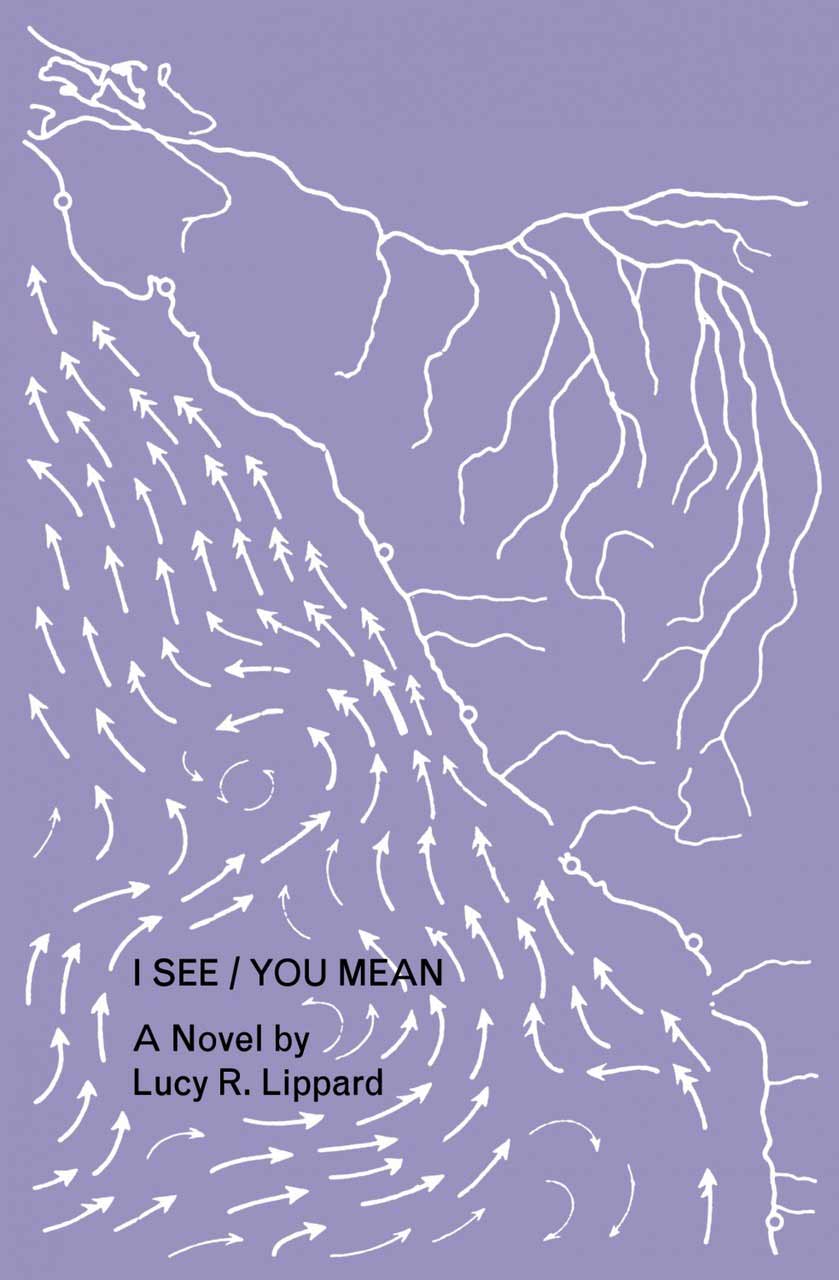
Lucy R. Lippard, I See/You Mean (Chrysalis Books, 1979; New Documents, 2021), book cover.
Tell me your sign: digitally generating characters in Lucy Lippard’s I See/You Mean
- Rhiannon Vogl, University of Toronto
Lucy Lippard’s only published novel I See/You Mean (1979) began as the art critic’s wry conceptual experiment and eventually became a sensual and provocative self-exploration. I See/You Mean is intimately tied to Lippard’s experiences within the New York art world, the rising feminist movement, and her desire to (re)imagine her relationship to both. In it, Lippard uses a collagist methodology, interweaving sections of fictional, diaristic and appropriated text to create a loose narrative arc about four main characters — A, B, D and E — and their intimate connections to one another. These characters are also collages: they are amalgams of real people that both hide and reveal a particular network of kinship between Lippard and other artists, writers and curators. Lippard created them by combining personality data that was digitally generated of their horoscopes, tarot pulls, handwriting analysis, colour tests, palm readings and the I Ching. She made use of some of the earliest computer technology to do so, in a technique that allowed her to both obscure her real-world subjects, and to ostensibly access more intimate understandings of their dispositions. In this paper I show how, by making use of early computer technology to digitally generate these readings, Lippard’s creative approach character construction in this novel not only anticipates our present AI-moment, but also reveals a unique confluence of esoterica and technology, art history and fiction writing, and the imaginative possibilities of both.
keywords: Lucy Lippard, art writing, astrology, AI, computer-generated, feminism
Rhiannon Vogl is a PhD candidate in Art History at the University of Toronto where her research has been supported by a Joseph-Armand Bombardier Canada Graduate Scholarship from the Social Sciences and Humanities Research Council of Canada. Rhiannon's writing has been published in Border Crossings, Momus, BlackFlash, Canadian Art and C Magazine. From 2008—2018 she was an Associate Curator of Contemporary Art at the National Gallery of Canada.
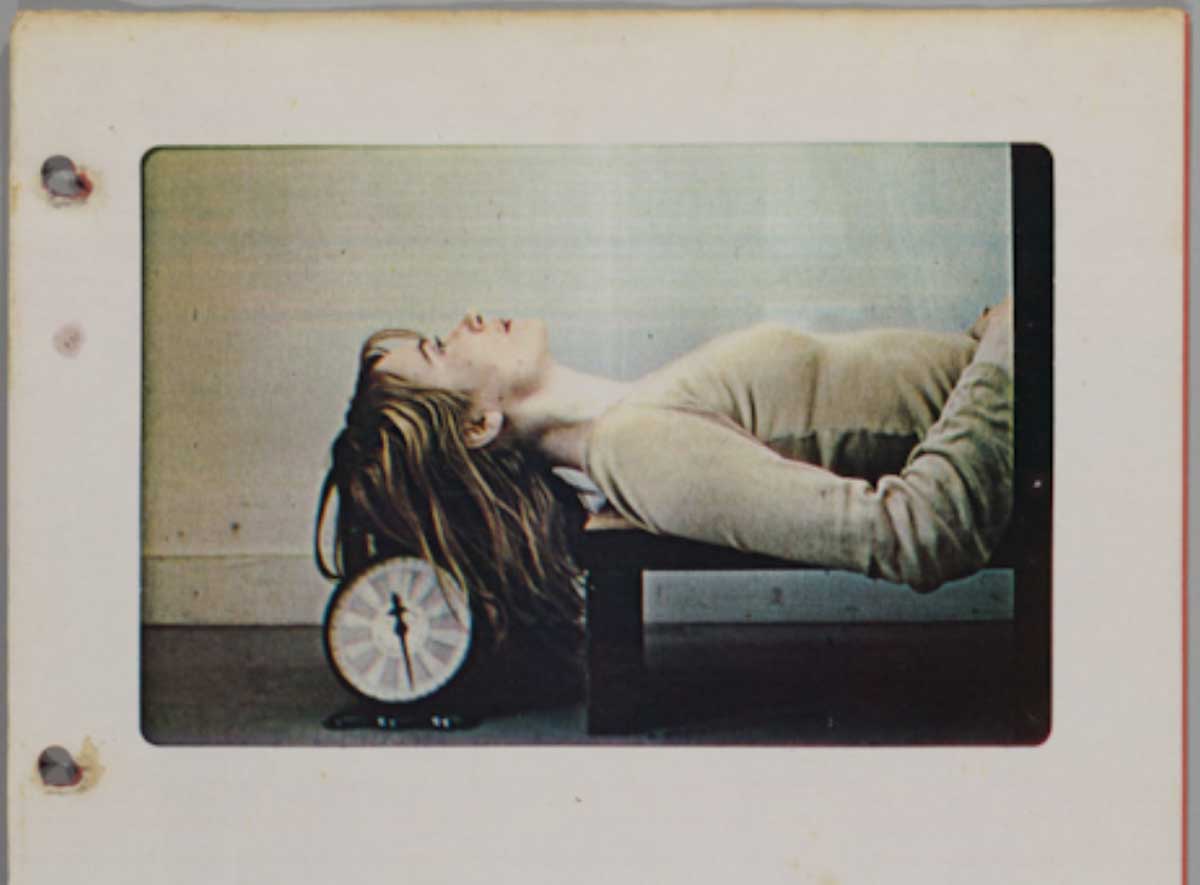
Maryanne Amacher, self-portrait cover image of Intelligent Life, project file, 1979-81
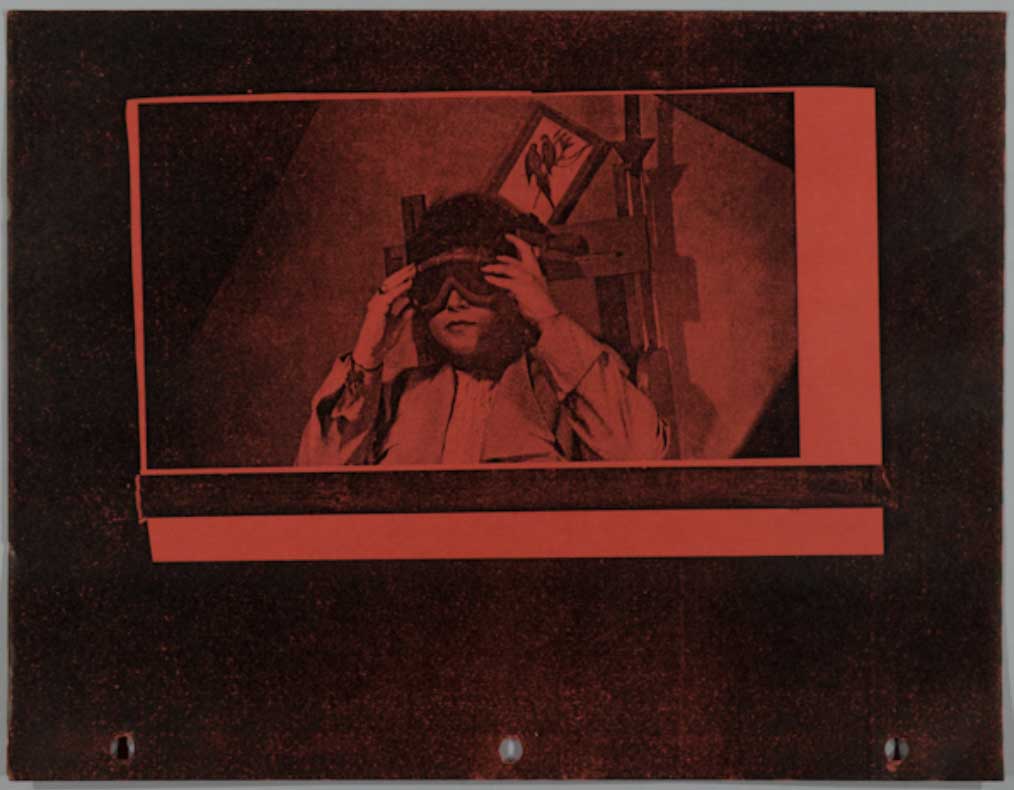
Maryanne Amacher, unknown image in the Intelligent Life, project file, 1979-81
Virtual Aural Reality: Symbolic AI in Maryanne Amacher’s Intelligent Life
- Tobias Ewé, University of British Columbia
American sound artist Maryanne Amacher variously described her large-scale project Intelligent Life (1979-1981) as an immersive installation, media opera, and multipart television series. While Intelligent Life was never realized as Amacher had envisioned, the promise of what could have been lives in the 153-page project file that Amacher sent to arts organizations in Europe and the US in the late 1970s and early 80s. The project file is a fascinating document that not only describes the form and subject matter of Intelligent Life, it also summarizes two decades of Amacher’s extensive research into the disparate fields of otology, psychoacoustics, neurobiology, and symbolic artificial intelligence.
It was during this time that Amacher met renowned AI researcher Marvin Minsky, who would become Amacher’s friend and interlocutor, as well as providing her with a space to work in MIT’s AI Laboratory. In Minsky’s work, Amacher found a contemporaneous scientific discourse that understood perception like she did: as a problem of reflexively channeling the enormous influx of sonic information, limited not just by the biological capacities of the human ear, but by aural sensitivities determined by socio-aesthetic habituation. Where Minsky was attempting to filter out non-essential perceptual information to address problems in robotics and AI, Amacher's goal was to widen the scope of how we hear in order to expand the perceptual sensitivities of her human audience. With Intelligent Life, Amacher proposed a posthuman future that was inspired by (but fundamentally different from) the liberal humanist, techno-determinist visions proffered by Minsky.
This paper draws out Amacher’s immanent critique of symbolic AI’s liberal humanism during the AI winter, through her use of otoacoustic emissions (sounds originating in the inner ear) and the mass media form of the TV miniseries.
keywords: sound art, symbolic AI, otology, psychoacoustics, posthumanism
Tobias Ewé is a Danish PhD candidate currently based in Vancouver, BC. They are writing a dissertation on posthuman sound art since the 1960s in the department of Art History, Visual Art & Theory at the University of British Columbia. Their research focuses on the epistemology of listening in modernity and its symptoms in the sonic arts and media. Their most recent written work appears in the Bloomsbury Handbook of the Anthropology of Sound (2020), the Bloomsbury Handbook of Sound Art (2019), and asthe Danish translator of Laboria Cuboniks’ Xenofeminism: A Politics for Alienationx (2017).
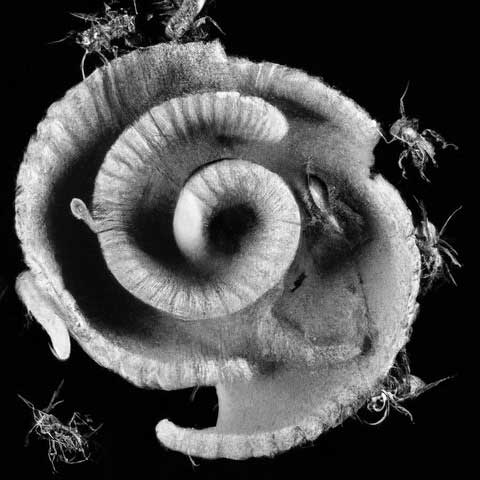
Marguerite Humeau, Collective Effervescence, 2023, human and AI–produced digital video. © the artist and White Cube
Killer Bots and Dancing Bees: Swarm Intelligence in Contemporary War and Art
- Claudette Lauzon, Simon Fraser University
As a phenomenon, “swarm” simply describes the choreographies of large self-organising animal collectives. In the popular imagination, however, the term conjures any number of nightmare scenarios, ranging from Alfred Hitchcock’s swarming birds to Donald Glover’s swarming superfans. In technomilitary contexts too, dystopian narratives are alarmingly easy to find, and usually involve terrifyingly sentient mechanical entities. In 2017, the AI ethics think-tank Future of Life Institute released an 8-minute video, Slaughterbots—a near-future dramatization of a swarm of autonomous microdrones launched as weapons of mass destruction. That same year, the US Department of Defense also released a video showing a fleet of microdrones, described as possessing a “distributed brain” and the capacity for adaptation and self-healing— “much like swarms in nature.” The next generation, the DoD’s deadpan factsheet explains, will “likely include more advanced autonomy.”
Against this backdrop, contemporary artists have also grappled with both the technological promise and the civilizational dangers of artificial intelligence, and in many instances the swarm reappears as harbinger of a world to come. Without taking a side in the so-called boom-or-doom debates that currently steer conversations around AI in general and large-language models in particular, this paper introduces a number of recent artworks in which swarm intelligence is imagined and tested not for its militaristic potential, but instead as a speculative model for (interspecies) collaboration. I concentrate attention specifically on two recent works: Marguerite Humeau’s 2023 exhibition, meys, works with a variety of generative adversarial networks (GANs) to explore the eusocial imaginaries of swarming insects in a post-human world. In similar fashion, Anicka Yi’s In Love with the World at Tate Modern’s Turbine Hall in 2021 also employed AI to produce a series of strangely zoomorphic mechanical bodies, asking us to reconsider our understanding of intelligence in the age of killer bots and dancing bees.
keywords: swarms, bots, drones, AI art, ethics
Claudette Lauzon is a contemporary art historian based in Vancouver, Canada, where she is an associate professor in the School for the Contemporary Arts at Simon Fraser University. Her publications include The Unmaking of Home in Contemporary Art (2017), Through Post-Atomic Eyes (co-edited with John O’Brian in 2020), and Sustainable Tools for Precarious Times: Performance Actions in the Americas (co-edited with Keren Zaiontz and Natalie Alvarez in 2019), which won the 2020 Association for Theater in Higher Education Excellence in Editing award. She is currently completing a manuscript on the gods and monsters of contemporary warfare.
A.I. and Human Creativity in Contemporary Art: Code, Technics and Image
- Jakub Zdebik, University of Ottawa
AI image generators, such as DALL-E2, Canva and DeepArt.io have started wreaking havoc on the artistic industry by appropriating images that are copyright protected, imitating and generating styles of particular artists, and making images that would usually take days in mere seconds. Since A. Michael Noll’s early experiments with algorithmically generated Mondrian imitations, Computer Composition with Lines (1964), computer assisted art has confounded the public and raised question about creativity. Cory Arcangel’s infinite feedback loops of automatic input between two email addresses in Permanent Vacation (2008) parodies emergence; Pindar van Arman’s Cloudpainter using neural networks, AI, and feedback loops, raises questions about computational creativity; and Tom White’s The Treachery of the ImageNet (2017) experiments with computer vision through “perception engines” while problematizing productivity.
Following Ahmed Elgammal premise that AI does not make art, AI assisted art sheds light on notions of artistic thought, creativity, and production. Deleuze’s notion of Code, Simondon’s concept of the Image, and Stiegler’s focus on Technics will shed light on the creative aspect of AI art. For Deleuze, the concept of code brings out questions about aleatory algorithms and their role in imitation/pastiche; for Stiegler technics is a way of bringing something into being through art, but not independently; and for Simondon, the self-generating notion of the image only functions within prescribed schemas. In effect, these philosophers question the notion of independent generation of art while at the same time engaging with art as a necessary part of the system of human thought. From this perspective, a critical approach to AI art can shed light on the future of creativity.
keywords: AI, creativity, code, technics, diagram
Jakub Zdebik, PhD, is an Associate Professor of Art History and Theory and Chair of the Visual Arts Department at the University of Ottawa, Canada. He is the author of Deleuze and the Diagram: Aesthetic Threads in Visual Organization (Continuum, 2012) and Deleuze and the Map-Image: Aesthetics, Information, Code and Digital Art (Bloomsbury, 2019). He has published in RACAR, The Semiotic Review, Drain, ESC: English Studies in Canada, The Brock Review, Deleuze and Guattari Studies, Screen Bodies, and Esse, among others. He has curated exhibitions at the Kennedy Museum of Art, Ohio; Galerie R3; and Gallery Karsh-Masson.
